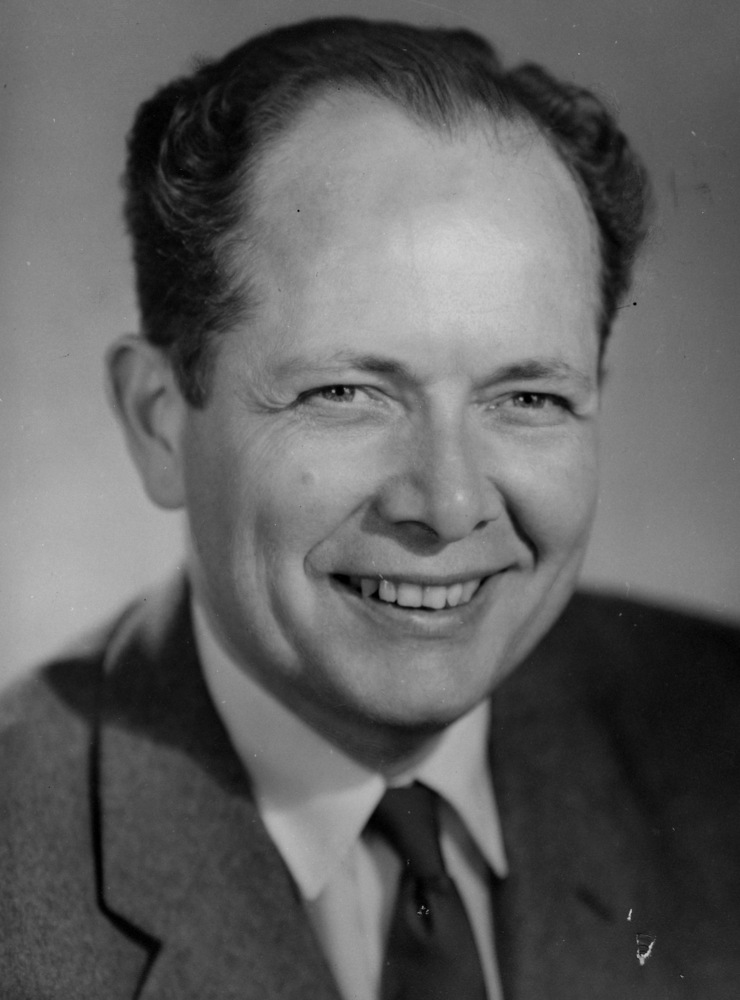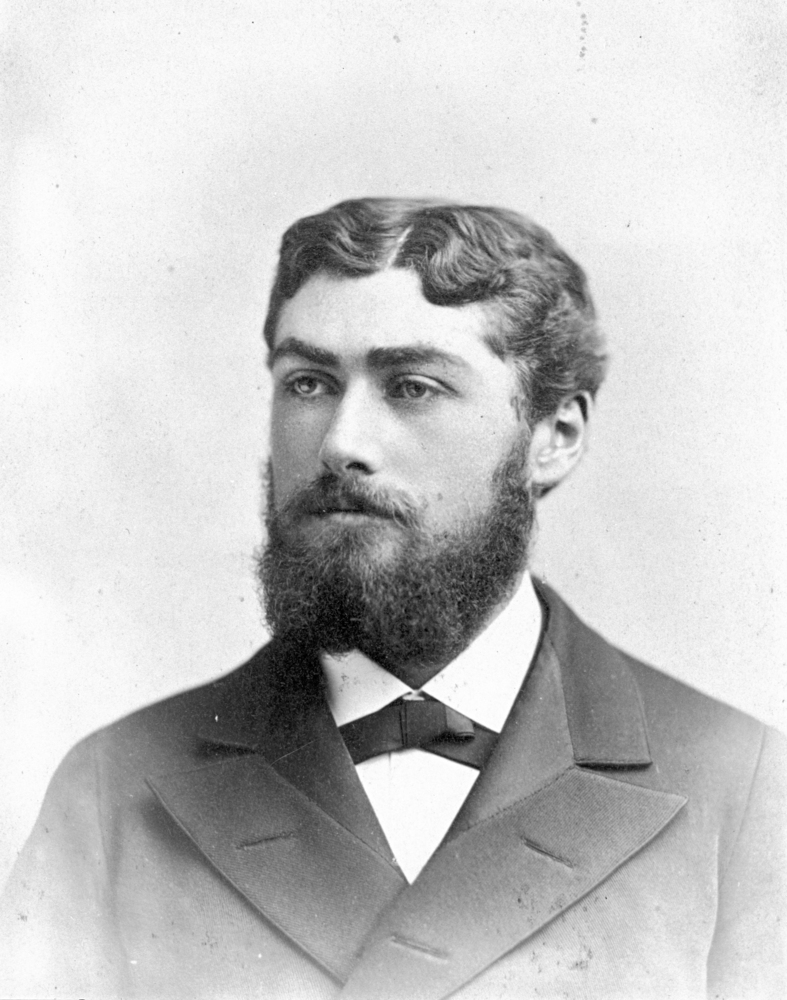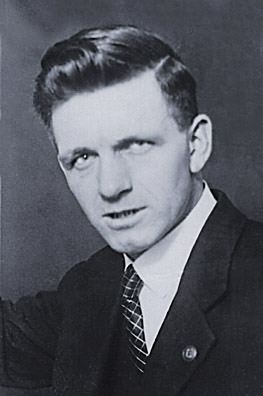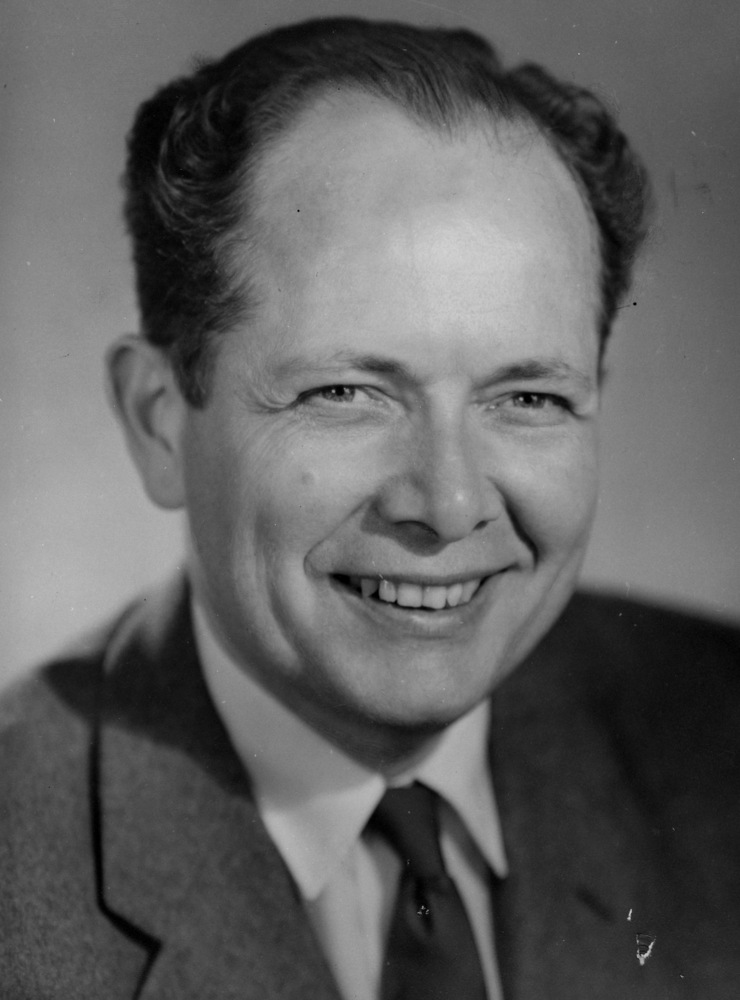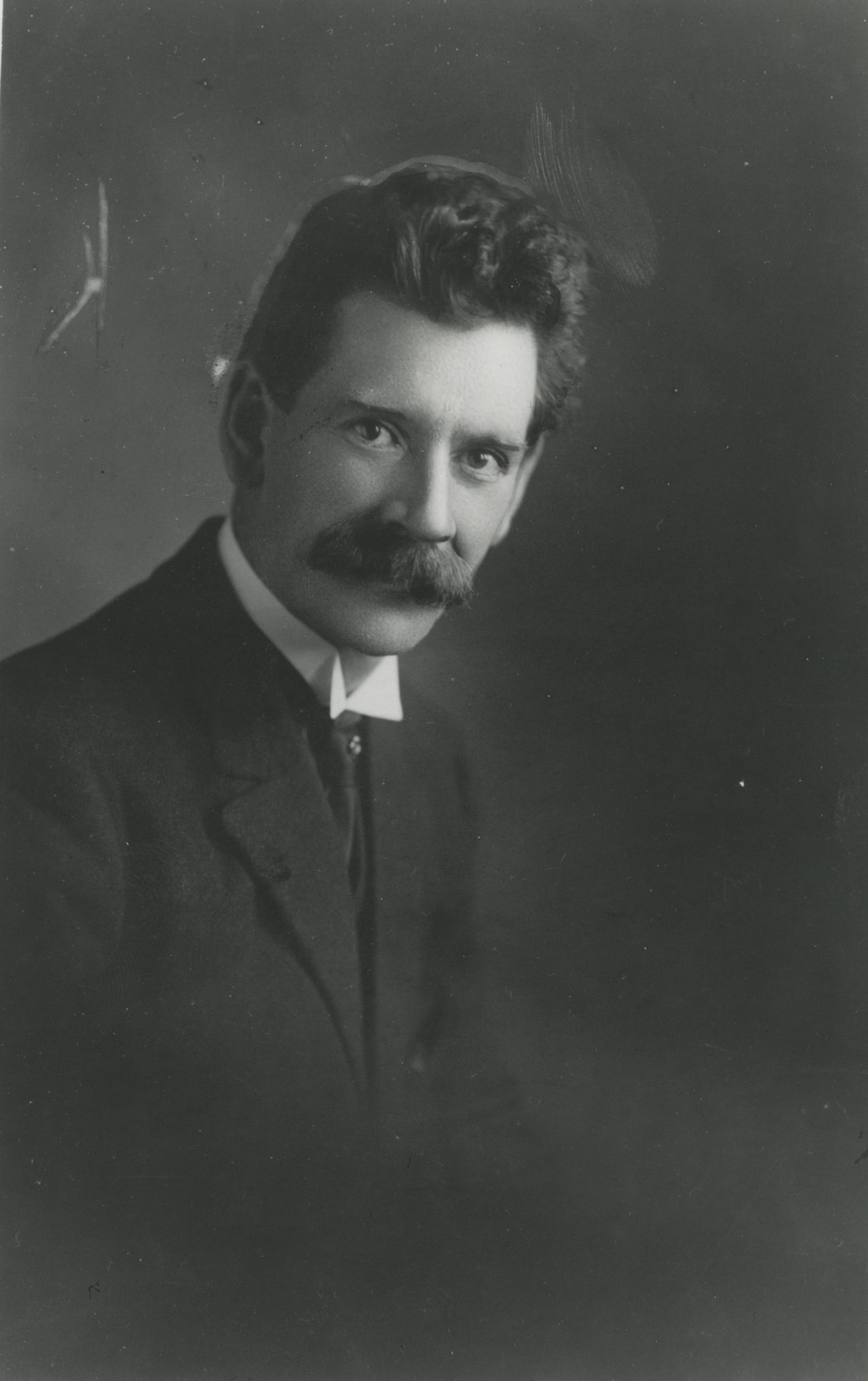The Socialist Party of Oregon was founded in 1901, at the same time as the Socialist Party of America. The national party was the result of a merger of the Social Democratic Party (1897) with a wing of the Socialist Labor Party (1876). It also drew locally from several utopian communities, such as Socialist Valley, founded in 1895. Dedicated to an electoral transition from capitalism to socialism, the party's base was a coalition of urban European immigrants and native-born Americans from rural areas.
Less radical than the revolutionary Industrial Workers of the World, the Socialist Party attracted almost 10 percent of the Oregon electorate for Eugene V. Debs in 1912. Even in 1920, with Debs in prison for opposing U.S. intervention in World War I, almost 10,000 Oregonians (4.1 percent) voted for him in his last presidential campaign.
The Socialist Party drew its strongest support in Oregon in Jackson, Josephine, and Coos counties, where Debs came close to winning with over one-third of the vote in 1912. That year, Medford almost elected a socialist councilman as mayor, and Roseburg almost put a young socialist lawyer in the mayor's office. In 1914, St. Johns elected Socialist Party candidate A.W. Vincent as mayor. As late as 1919, there were 2,000 members in Portland's Socialist Party, which was divided into seven "locals"—one each for German, Swedish, Finnish, Lettish, and Estonian speakers and two for "Americans" (the largest) on the east and west sides of the city.
The Socialist Party came under attack during and after World War I for its radical wing's opposition to the war and support for the Russian revolution. By 1932, the party had abandoned its radical commitment to class struggle and, led by Norman Thomas, won about 15,000 votes in Oregon. In 1948, when Thomas ran his last race (garnering only 5,000 votes in Oregon), the party splintered but continued to have an occasional presence on the ballot. In 1996, Socialist presidential candidate Mary Hollis attracted just fewer than 2,000 votes in Oregon. The Multnomah County Socialist party continues to meet monthly at the Belmont Library.
Among prominent Oregon residents who at one time supported the Socialist Party were C.E.S. Wood, William Z. Foster, Tom Burns, Will Daley, Floyd Ramp, Monroe Sweetland, and Wallace Priestly.
-
![Monroe F. Sweetland.]()
Sweetland, Monroe, bb005795.
Monroe F. Sweetland. Oreg. Hist. Soc. Research Lib., bb005795
-
![Charles Erskine Scott Wood.]()
Wood, C.E.S., ba018079.
Charles Erskine Scott Wood. Oreg. Hist. Soc. Research Lib., ba018079
Related Entries
-
![C.E.S. Wood (1852-1944)]()
C.E.S. Wood (1852-1944)
C.E.S. Wood may have been the most influential cultural figure in Portl…
-
![Criminal Syndicalism Law of Oregon]()
Criminal Syndicalism Law of Oregon
Oregonians were light-headed from days of celebrating the end of World …
-
![Frank T. Johns (1889-1928)]()
Frank T. Johns (1889-1928)
Frank T. Johns of Portland was the Socialist Labor Party (SLP) presiden…
-
![Monroe Sweetland (1910-2006)]()
Monroe Sweetland (1910-2006)
Monroe Sweetland's life embraced the cultural revolution of the 1920s, …
-
![Socialism in Oregon]()
Socialism in Oregon
When Postmaster General James Farley jokingly toasted the " Soviet of W…
-
![Thomas Joseph Burns (1876-1957)]()
Thomas Joseph Burns (1876-1957)
In his fifty-two years in Oregon, Tom Burns threw himself into nearly e…
Related Historical Records
Map This on the Oregon History WayFinder
The Oregon History Wayfinder is an interactive map that identifies significant places, people, and events in Oregon history.
Further Reading
Johnson, Jeff. "The Heyday of Oregon's Socialists." Oregonian, December 19, 1976.
Johnson, Jeffrey A. “They Are All Red Out Here”: Socialist Politics in the Pacific Northwest, 1895-1925. Norman: University of Oklahoma Press, 2008.
Lalande, Jeff. "'Dixie' of the Pacific Northwest" Oregon Histiorical Quarterly (Spring 1999).
Robbins, William. Hard Times in Paradise. Seattle: University of Washington Press. 2006.

